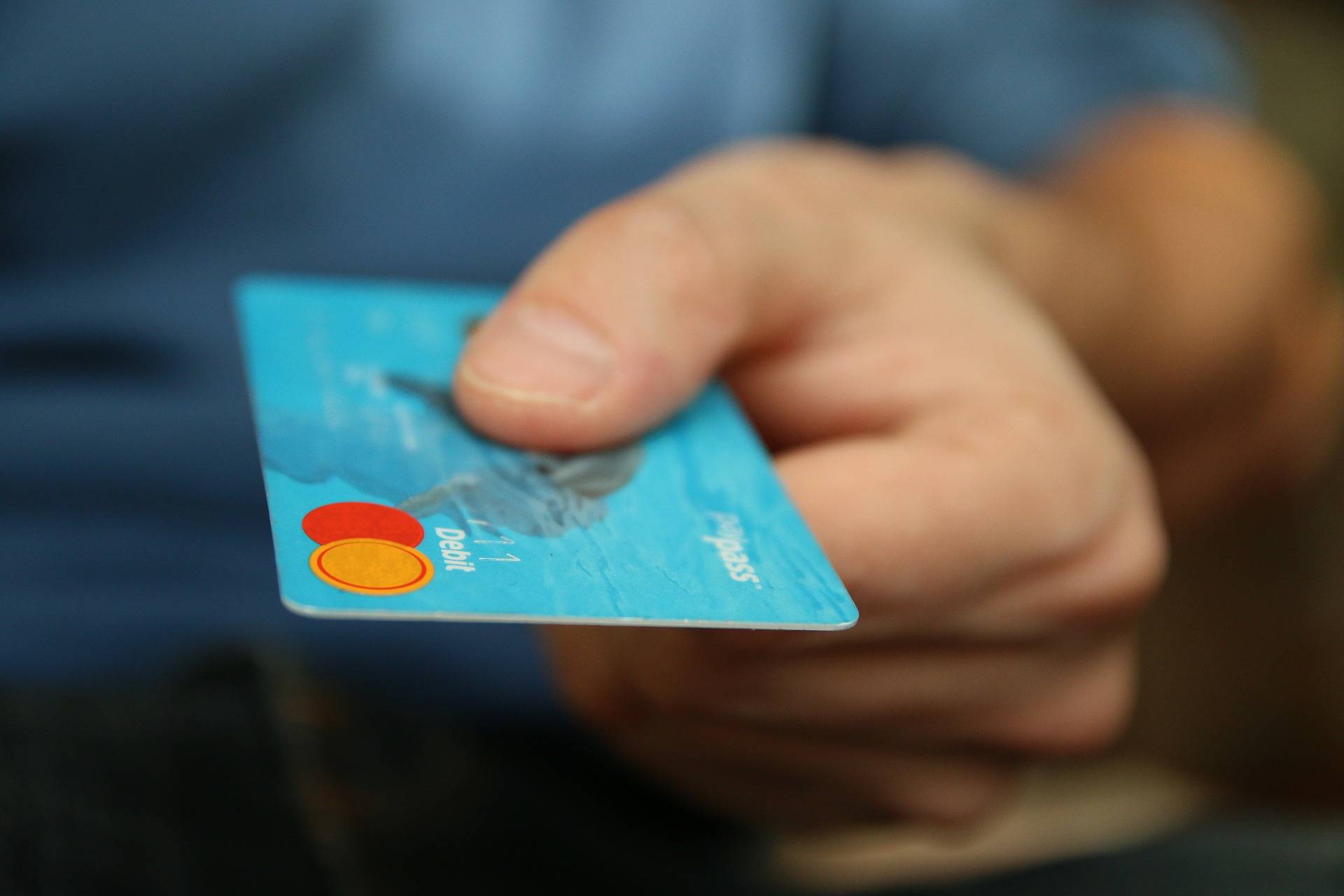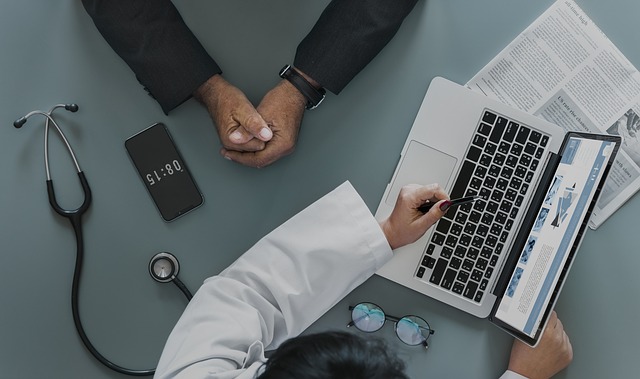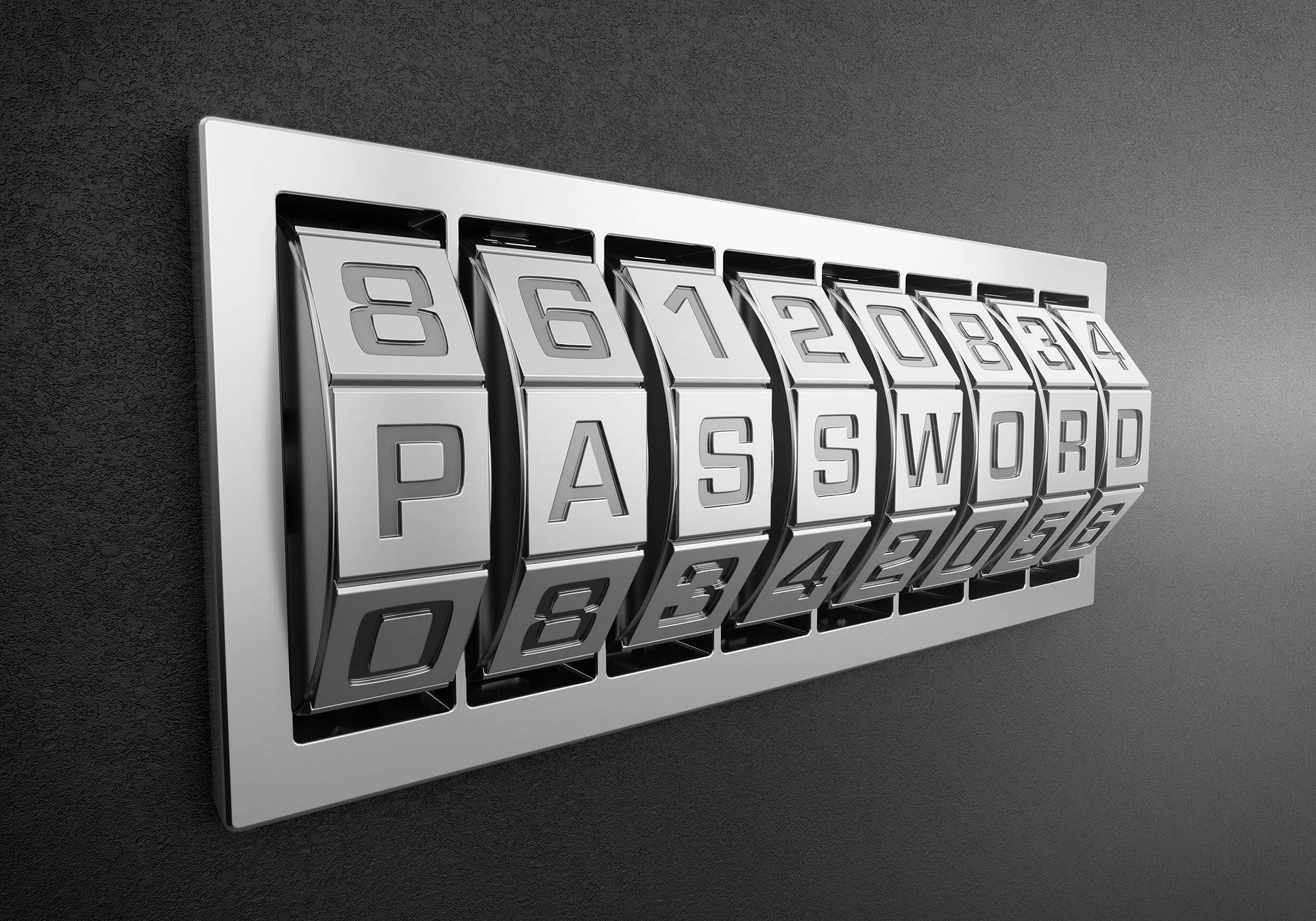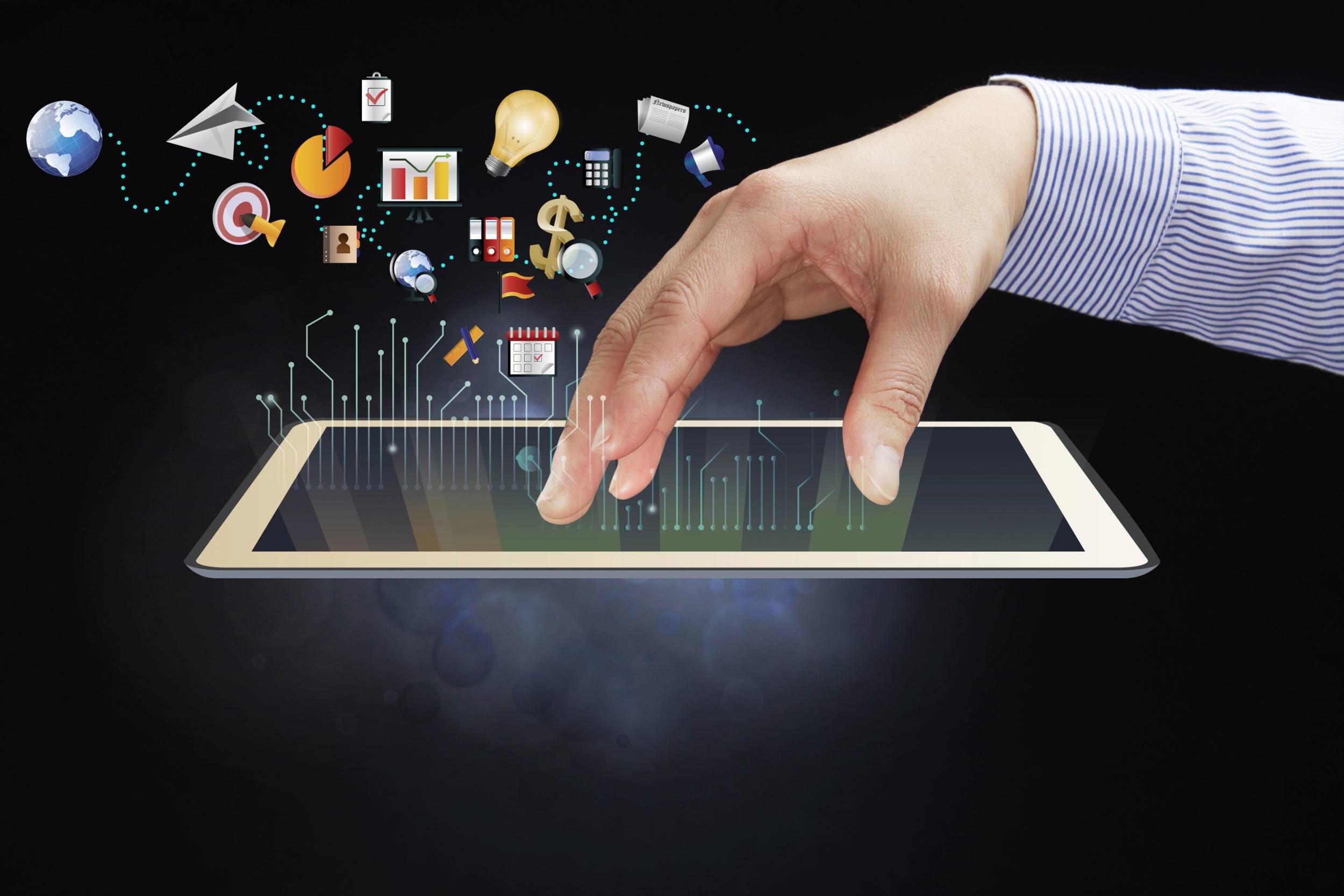How Connected Medical Devices Can Boost Reimbursements
When you go through the expense and effort of developing a medical device, you sure hope that it’s going to be approved for reimbursements!
Coverage is usually reliant on you obtaining FDA approval for your device first, then you want major players such as Medicare, Medicaid, Veterans Administration, and the large private insurance companies to approve your device.
Approval for reimbursements puts your device as a top choice for patients, in turn, boosting your sales. Connected medical devices can improve your chances of getting approved for reimbursements, here’s how:
How to boost device reimbursements
Connectivity has many benefits for medical devices, one of which is being able to boost reimbursements. Typically this is through increasing coverage or avoiding penalties.
There are three key benefits that companies look at when assessing reimbursements for connected medical devices. These are:
#1. Improving outcomes
Our healthcare system is slowly moving toward more value-based or outcome-based care. The Affordable Care Act (ACA) began this by introducing a few rules tying Medicaid dollars to outcomes, and tying penalties to failure to achieve certain outcomes.
The private insurance industry is moving in the same direction.
How do we get better outcomes? Well, there are a few ways connected devices can help:
Patient compliance
Connected medical devices can increase patient compliance, at the same time, decreasing patient non-compliance. This can be achieved through various means, but essentially, connected devices help to keep patients in touch with what they should be doing and will often send reminders if the patient needs to be taking action.
Some studies have indicated have indicated that major reasons for patient non-compliance include; lack of education, not understanding why the product is needed, not knowing what’s happening/having enough information about what’s happening with their specific state, lack of fit with the patient’s own workflow and a lack of motivation, especially if usage is long-term.
Connectivity can address all of those things. If you know what the patient is doing or not doing, you can tailor education better to the individual patient. Supervising clinicians can clearly see how the patient is using the device and gather data on how it is impacting their condition.
Understanding what patients are missing can not only help to individualize the approach but to gather data that helps to make improvements to the device. For example, it might be about making the device easier to operate, or, making changes to how it is labeled. It’s also useful for helping patients to understand exactly what a therapy or drug is doing for them and why they are taking it. What is it supposed to be doing and what should the patient do next?
For example, let’s say you have issues with sleeping. You might use a device with data that includes a sleep score. This way you can see if your sleep is improving or not over time.
The workflow piece is another very important piece of data. By being connected, you can gather data that looks at the patient’s natural workflow, and helps with the development of tailored programs.
Patient motivation is also a key factor in terms of compliance or non-compliance. Sometimes people struggle with motivation, and a connected device can help physicians to stay in touch with how the patient is feeling. The device data can often help to motivate the patient too – people love to be able to see progress. They may even be able to connect with other patients who have similar conditions.
Connected medical devices can boost your chances of approval for reimbursements Share on XEarly intervention
Connected medical devices can be a form of early intervention, which can lead to avoiding the need for costly therapies further down the line. There are many conditions that respond well to early treatment but could deteriorate requiring bigger interventions later.
If you consider, for example, a diabetic who would like to avoid further complications such as kidney or nerve damage. They also may find it difficult getting into a new routine when first diagnosed – a connected device has the potential to prompt and guide them into the routine.
Patient monitoring gives us a better chance of finding issues earlier. Data from connected devices gives clinicians more information to go on than what they typically have immediately available when a patient comes in to see them. Connected devices can offer more data points and information specific to the individual.
Consider patients who have been admitted to a hospital where there is constant monitoring of their condition. Once discharged, it’s much more difficult to monitor them from afar. Connected devices offer that improved monitoring to ensure patients are doing what is needed. This can help hospitals to reduce readmission rates, which is a huge issue among their performance indicators.
#2. Increasing market share
We live in a world that is highly connected. As such, there is a patient expectation that connected devices should be available. When you have two comparable devices, both with the same clinical outcomes, only one is connected and the other isn’t, it is very likely that patients will choose the connected device.
The other part is that if you use the connectivity to improve patient engagement, you get a satisfied customer. Medical device companies would love to encourage brand loyalty, and patients will be more likely to use and recommend the device to others. With more common usage, devices get listed for reimbursement.
#3. Improving insurance coverage
Connected medical devices can help to improve insurance coverage by expanding indications for use, for example.
One way the data helps is that you are capturing real-time evidence that you’re able to share with insurance companies. You can prove that your device is helping and improving patient outcomes. The insurance industry looks at cost vs. outcomes – if you can improve outcomes or lower costs, they consider that you are adding value.
You can lower costs with connected devices by offloading data into a cloud infrastructure. This is generally always cheaper than other methods. If you have to do upgrades on your device, you can potentially do them remotely via the connected software. This is another cost saving as devices don’t have to physically be sent in.
Another potential cost-saving from device data is that you can use it to study the data and figure out if there are other applications for it. For example, there is a study program being coordinated between the FDA and MDIC called the National Evaluation System for Health Technology (NEST). The aim is to more efficiently generate better evidence for medical device evaluation and regulatory decision-making. FDA has released a guidance document on the use of real-world evidence for finding expanded indications for use.
Final thoughts
Connected medical devices can be a key contributor to better patient outcomes and better business outcomes for the device company, too.
The collection and use of data is something that is increasingly ubiquitous, so it’s little surprise that it is becoming an expectation of patients. A more personalized level of care creates wins for everyone. The patient better understands what is happening and the clinician can provide tailored care.
Medical devices that are connected to the cloud aren’t just a future thought, they are here and it’s becoming increasingly necessary to join them to be competitive. They can be instrumental in boosting reimbursements and giving your company an edge.








